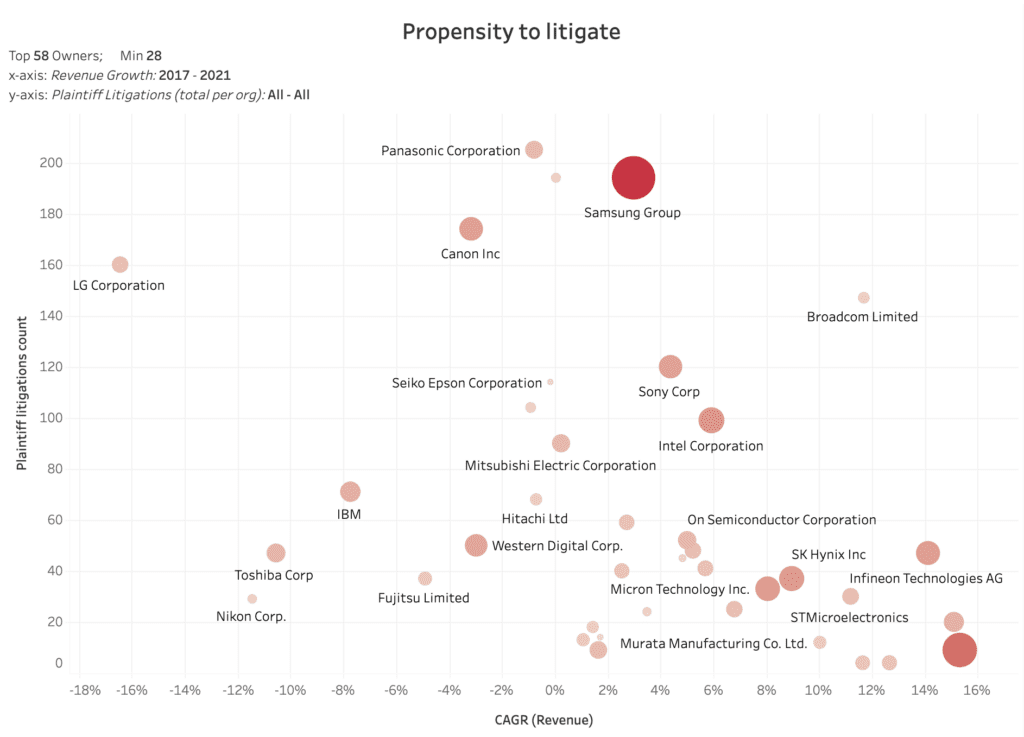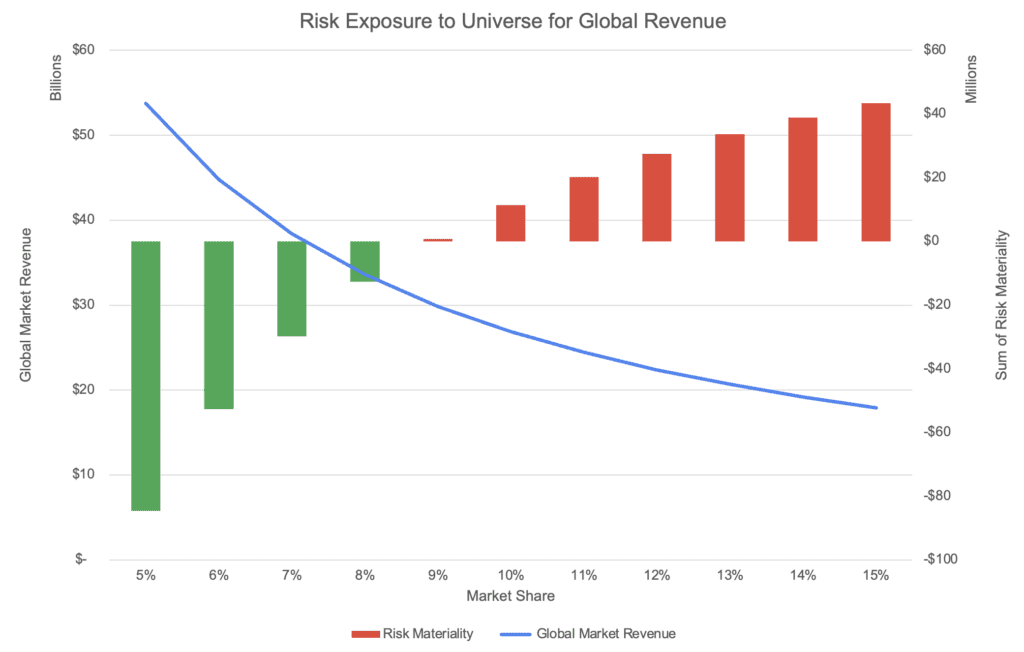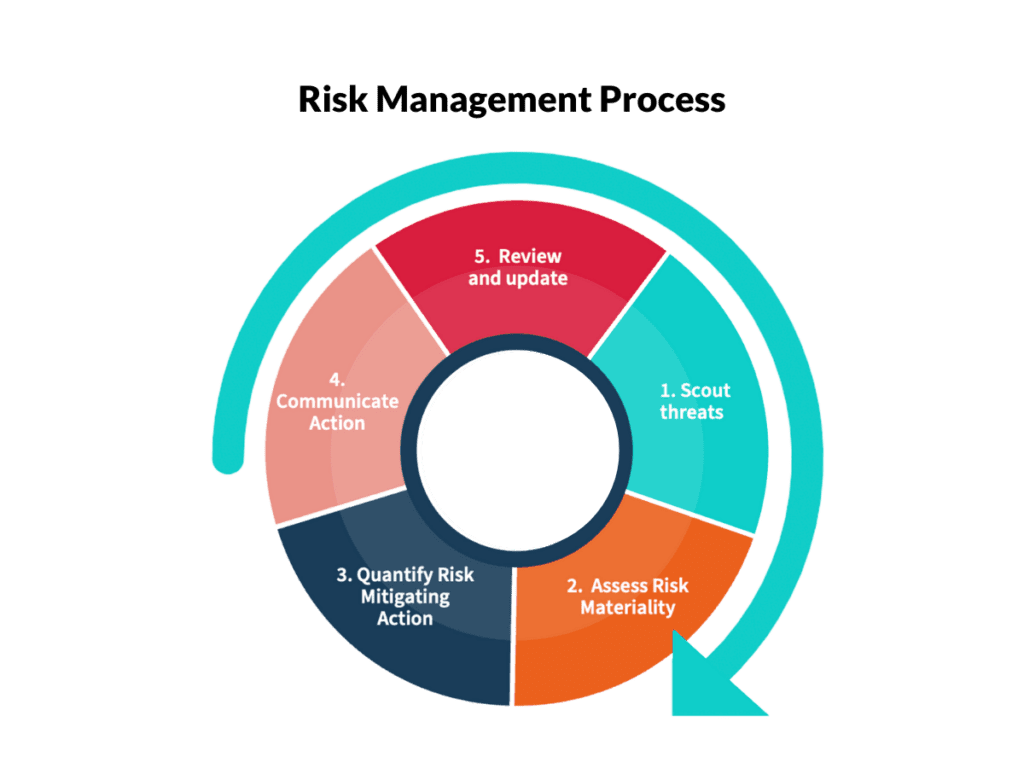Patent Risk Hub

Whether it’s risk mitigation or the broader need for risk management, LexisNexis Cipher classifiers will meet your needs to analyze and implement a robust IP strategy. Classified patent data around your technology areas allows you to assess the material patent risk to your organization and develop mitigation strategies.
Risk mitigation is the primary reason for having a patent portfolio. It is essential to understand where risks lie, how to quantify and communicate the material impact to your wider organisation.
LexisNexis Cipher provides a solution for risk assessment and mitigation by:
- Benchmarking your competitors
- Rightsizing your portfolio
- Dealing with patent assertion

Our global survey on patent risk uncovered the following:
- It is unavoidable for most, inevitable for many and generally not reported.
- Building a strong patent portfolio is the primary approach used to mitigate risk, but is only part of an overall strategy.
- The main challenges when communicating risk include the absence of objective and reliable data, as well as a lack of understanding of patents at board level.
Over 90% of survey respondents identified the building of a strong portfolio as the best way to mitigate risk. Other strategies include contracts with suppliers and customers (65%) and licenses and cross-licences (61%).

Threat Identification Process
The crucial first step in risk analysis is the identification of potential threats.
Where are those threats more likely to come from? Cipher takes the following approach to identify threats:
- Benchmark your portfolio to see which organizations should be on your threat list.
- Who out of your threat list poses a near-term threat by their propensity to litigate?
- Which organizations in your technology space are ‘Fast risers‘, i.e., they are innovating quickly and could pose a threat in the mid to longer term?
Source: “How many patents are enough” survey.

Once you have your threat list, you can quantify the potential risk posed in monetary terms to your organization.
You can then quantify how different mitigation strategies will materially reduce your risk. You also face increased risk in the longer term as your organization grows and gains market share. We can help you assess your risk exposure in the longer term to ensure this is part of your IP strategy.
“Whatever your perspective, no-body wants to be unprepared for litigation. In today’s environment, the risks are so large that you want to be ready. While figuring out whether you have a balanced portfolio is hard, it’s something that more and more companies are taking very seriously.
Erik Oliver
Chief Operating Officer
Richardson Oliver Insights

Risk Management Process
LexisNexis Cipher created a 5 step risk management process. This framework would help you to put together a robust strategy for your business.
- Identify threats
- Materiality of risk
- What action can you take?
- How can you communicate this?
- Regularly review and reassess.
We conducted a global survey, and the key findings show that nearly half of patent owners have a risk matrix or framework. However, they only use it when there is a significant issue.
Have you ever asked these questions?
What information best conveys to the CTO and CFO the value delivered by our patent portfolio?
Many companies cannot point to direct licensing revenue. There are, however, established ways to link the cost of your portfolio to the quantum of patent risk mitigated. Executives are aware of the substantial risk of paying away substantial royalties. Explaining the relationship between your patents and the ability to neutralize threats plays well before this audience.
How can I prepare my organization for the patent risks ahead?
Many organizations use economic models to develop a patent strategy that anticipates and mitigates the risk posed by owners of ‘relevant to technologies’ you deploy.
Download the report on patent risk management
The report covers:
- What are patent professionals doing to manage risk?
- How can you take a proactive approach?
- What risk mitigation strategies can you adopt?
Related Resources

Management of Patent Risk
Proactive approaches are key to patent risk management.

A Global View of Innovation
An overview of how the world’s inventions are broken down.
